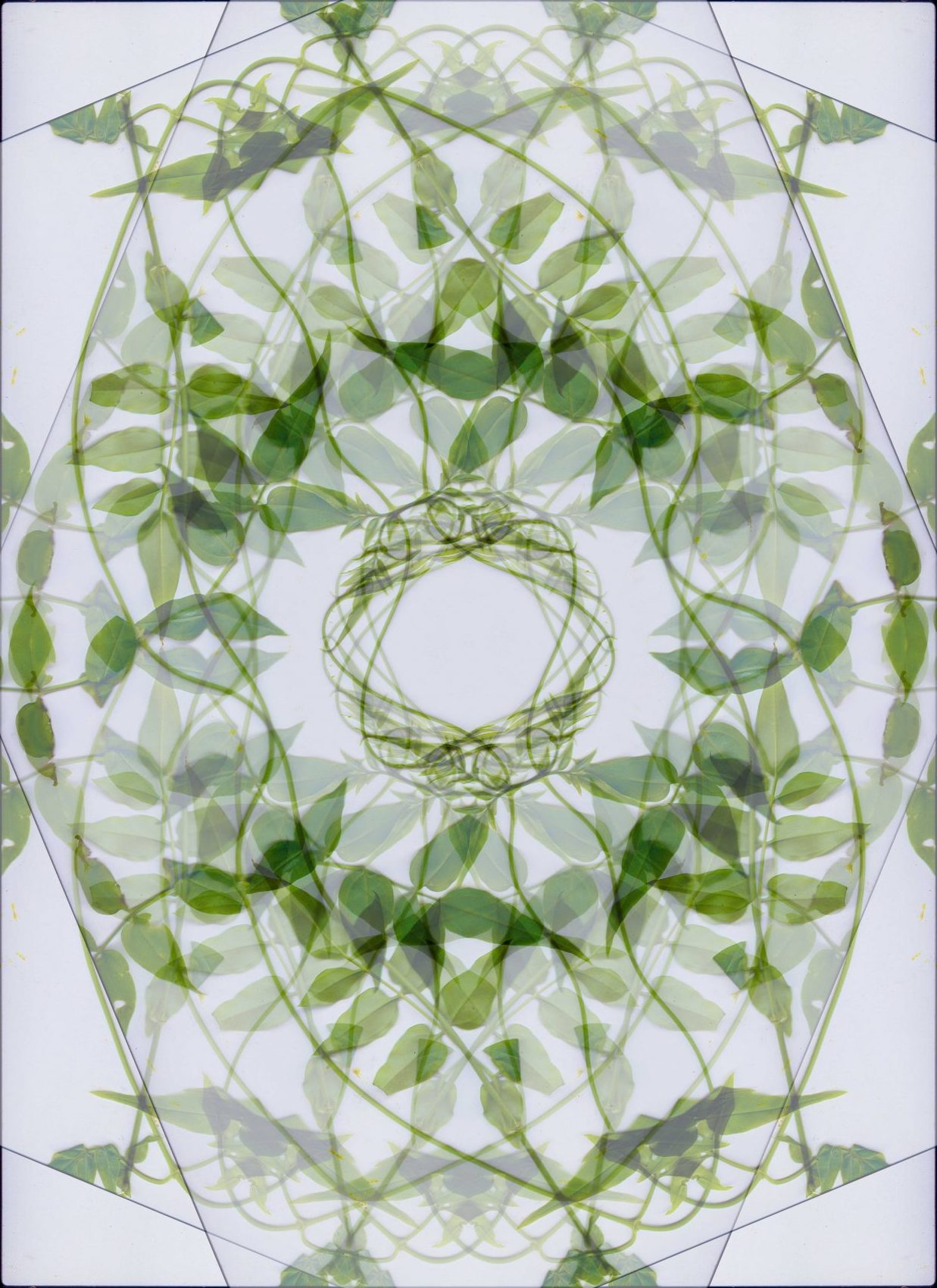Words by Louisa Cheatley
Image by Isabella Frezza | @isafrezza
Australia’s waste problem is getting worse, and the need to recycle and buy recycled products is now more important than ever.
With a lack of public education regarding what is and isn’t recyclable, environmental activists and business owners are urging the public to act.
Reusable alternatives to single use plastic, such as keep cups and reusable shopping bags, protect the environment and reduce the amount of waste sent to disposal sites.
However, it’s going to take more than an environmentally-friendly mug to rectify Australia’s waste problem.
Planet Ark’s 2017 National Recycling Week Report entitled ‘What Goes Around: Why Buying Recycled Matters,’ revealed that Australia’s waste is growing “around six times quicker than the population.”
Despite recycling growing at a faster rate than waste, the report shows that few Australians are confident in their knowledge of which products can and cannot be recycled.
Most Australians are all too familiar with the linear (and wasteful) ‘make, use, dispose’ economy. A circular economy, where the aim is to ‘make, use, return and recycle’ is both environmentally friendly and economically productive.
“The demand for recycled products needs to grow for recycling to become more economically sustainable. The products are there, we just need to embrace them.” – Planet Ark
Education surrounding where our rubbish goes after we’ve thrown it in the bin is lacking, despite Australians being surrounded by items made with recycled content. Like a green snake in a lolly bag, all it takes is one incorrectly recycled or disposed-of material to contaminate an entire load.
Usually, items placed into kerbside recycling bins get sent to a Material Recovery Facility (MRF), where manual workers and specifically designed equipment separate the different materials.
But for smaller waste disposal companies such as Wilwaste Geelong, this process is simply not viable.
Wilwaste specialises in the removal of green waste and dry household rubbish in the Greater Geelong area. Due to the public’s limited knowledge surrounding what can and cannot be recycled, lacking resources, and limited funding, Wilwaste have no choice but to send contaminated rubbish to landfill.
Co-owner of Wilwaste Geelong, Bianca Webber, says that the key issue is today’s “throwaway society.” For Australians, she says it’s “cheaper to buy something new these days than it is to fix it.”
“The days of keeping something that was built to last are no longer.” – Bianca Webber, Wilwaste
Low cost stores such as Cotton On, Kmart and Aldi offer toys, clothes, homewares and more at drastically reduced prices. Bianca explained that after Christmas, Wilwaste were inundated with “unwanted Christmas presents” from stores like these, which they were forced to bury in landfill.
According to Planet Ark’s 2017 report, fixing Australia’s waste crisis has been “on the agenda of some governments and environmental bodies for decades.” But Bianca believes the problem is “only getting worse.”
Wilwaste desperately need government grants to open a warehouse where waste can be dumped, sorted and recycled. Another option that would require government intervention, according to Wilwaste, would be to “incinerate our waste which in turn can produce energy.” A similar program has been successfully implemented in Sweden.
Political and long-term solutions aside, what can we, a cohort of financially struggling yet environmentally conscious uni students, do?
Well, hold onto your keep cups and carry your reusable shopping bags with pride. If you’re concerned about whether change is being implemented, RMIT’s sustainability team have the answers.
Rob and Juliet, members of the team, explain that the university is “committed to reducing the quantity of waste going to landfill and maximising recycling rates on all campuses.”
They explained that a new “standardised waste management system” is currently being implemented on campus to “help staff and students reduce waste and recycle more.”
Specialised, colour-coded bins can be found at all RMIT campuses, designed to separate recycling from paper and general rubbish.
On another note, RMIT journalism student Maeve Kerr-Crowley is as creative as she is resourceful. Her decision to use recycled and thrifted fabrics when making and designing her clothing is partly because it’s cheaper, but also because she feels better about reusing materials that “would otherwise have just contributed to our insane amount of waste.”
“I don’t want to be unnecessarily contributing to waste and environmental destruction when the alternatives are so easy and accessible.” – Maeve Kerr-Crowley
Maeve is environmentally conscious and always tries to remember to bring her reusable cup or bag along, but she believes the “conflicting information” about “what you can and can’t recycle and where and how to dispose of things” leads many people to carelessly dispose of potentially recyclable items.
Despite the efforts of RMIT’s sustainability team, Maeve believes that more could be done.
“It’s not something I’ve ever noticed at uni, so that probably means they could be doing a better job.”
RMIT’s sustainability team suggest swapping plastic bags for reusable fabric bags, donating old clothing or, better yet, upcycling the fabric into something new.


